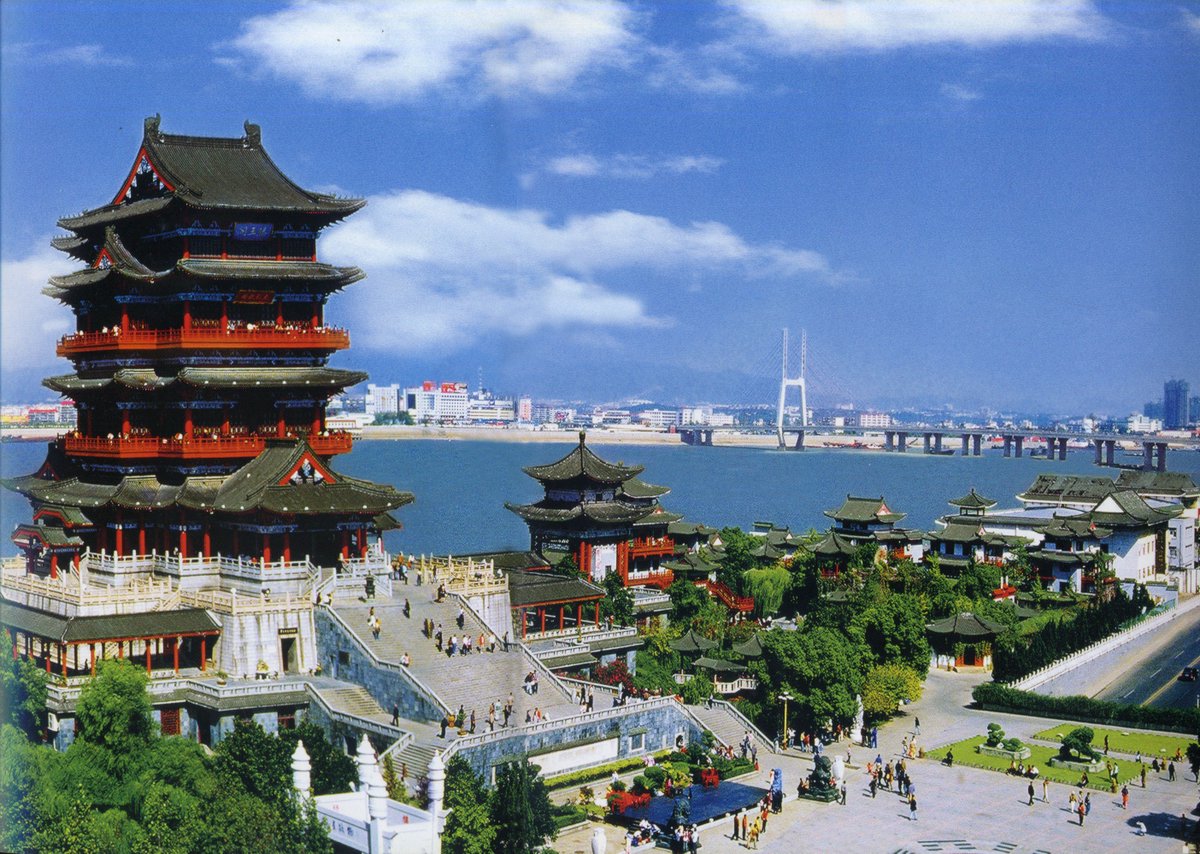A New Zealand trade specialist is welcoming Chinese President Xi Jinping statements about his desire to open trade doors with the world.
Addressing Apec leaders yesterday Xi promised he will cut tariffs and indicated he wants to forge new partnerships.
Xi said he has even reached out to the United States – declaring China doesn’t want to get caught up in a trade war with America.
Pat English, formerly New Zealand’s trade commissioner in China and also a former executive director of the New Zealand China Council, said while there have been “ripples” in this country’s trade with China, the announcement was positive.
Asked on Morning Report if Xi’s comments were credible, he said if the policy was being outlined in the Apec forum there was no doubt it was true, even if it would be interpreted and implemented in a Chinese way.
New Zealand has 0.2 percent of global trade and .6 percent of China’s total imports, so any positive statement from China on trade could be welcomed, English said.
Meanwhile, the Chinese government has threatened to “pluck the eyes out” of the Five Eyes group – which includes New Zealand – for objecting to new rules allowing elected representatives to be sacked from the Hong Kong legislature.
In a statement issued overnight, a Chinese foreign ministry spokesman warned countries to stay out of China’s affairs saying: “They should be careful or their eyes will be plucked out.
“The Chinese never make trouble and are never afraid of anything,” Zhao Lijian told journalists in Beijing yesterday, saying it did not “matter if they had five or 10 eyes”.
English said: “We seem to want to say to China: ‘open up your doors and trade with us and buy from us, particularly buy from us’, and then when China takes a stand on other issues that are important to them we have to say: ‘well China you need to back off’.
“…We can’t manage these sorts of situations through the media, and in the media… if you’re in the room with China sitting down talking about it, discussing those issues with China, that’s how you bring it to the table.”
English said the recent statement by the Five Eyes network criticising China’s actions in Hong Kong should be taken up with the prime minister.
So far as trade was concerned, 30 percent of New Zealand’s exports are bought by China while for Australia the figure is over 40 percent.
New Zealand has a “reasonably balanced” approach for its exports splitting them between Asia, Europe and Australia, English said.
“At the end of the day, the decision on who we trade with is made by companies and what they do is they look to the government to make sure there’s a regulatory framework; the market access framework is in place that they can trade with…”
Source: RNZ News – www.rnz.co.nz






























































